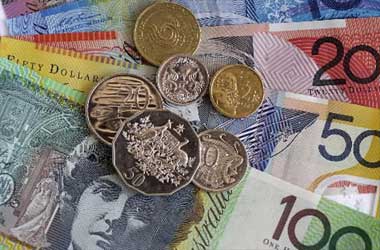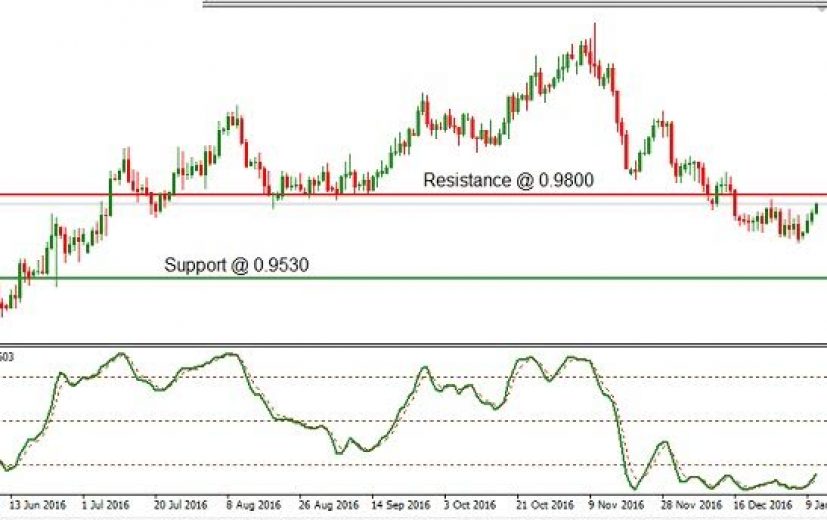 Last month, the Australian dollar hardly reacted to the news of 0.5% economic contraction in the third-quarter of 2016. Analysts and traders in general discarded the economic data as a one-time event.
Last month, the Australian dollar hardly reacted to the news of 0.5% economic contraction in the third-quarter of 2016. Analysts and traders in general discarded the economic data as a one-time event.
Their argument was based on the fact that the commodity prices are looking up and demand from China, the world’s largest consumer of most commodities, is picking up. On the contrary, sceptics questioned the likelihood of successful implementation of production cut by OPEC and other oil producing nations. This anomaly kept the AUD/CAD pair largely unmoved at 0.9730.
However, the recent economic data from Australia, released on Tuesday, indicate that all is not well with Australia. We hereby present our argument for a bearish view of the AUD/CAD pair.
Bloomberg TV Philippines
According to the Australian Bureau of Statistics, the retail sales increased only 0.2% m-o-m in November 2016, compared with 0.5% growth in the earlier month. Analysts were expecting a retail sales growth of 0.4% for November. China is the number one export partner of Australia. Thus, any negative news about China tends to affect the Aussie. The National Bureau of Statistics reported that the consumer prices in China increased 2.1% in December. It was a notch lower than the 2.2% rise expected by analysts and 2.3% gain reported a month back. The soft rise in consumer prices will affect the price of imports, including that of commodities such as iron ore and coking coal. These two commodities generate a bulk of the Australian export revenue.
As far as Canada is concerned, the employment change and trade balance data were far better than expected. The Statistics Canada reported an addition of 53,700 jobs in December 2016, against market’s expectation of a loss of 5,100 jobs. Likewise, in November 2016, Canada ended with a trade surplus of $0.5 billion. Analysts were expecting a trade deficit of $1.6 billion. Finally, crude oil, which is one of the major export revenue earners of Canada, is expected to rise further on the backdrop of OPEC’s production cut coupled with a decrease in the US oil inventories. Such a scenario is expected to favour the Canadian economy and strengthen the Loonie. Based on the above facts, we forecast a decline of the AUD/CAD pair in the days ahead.
The currency pair faces firm resistance at 0.9800 levels. Furthermore, the underlying bearishness is also indicated by the sub-20 reading of the stochastic oscillator. So, we can anticipate the currency pair to decline and retest the support level.
Under these circumstances, it would be wise to establish a short position in the AUD/CAD pair. The short position can be opened near 0.9800. To avoid losses from unexpected volatility, a stop loss order can be placed above 0.9900. The short position can be covered at 0.9660 or higher.
As far as a binary trader is concerned, profit can be generated by investing in a one low (or below) contract. The option contract should remain valid for a period of one week. Likewise, the trader should invest only when the AUD/CAD pair trades above 0.9800.





